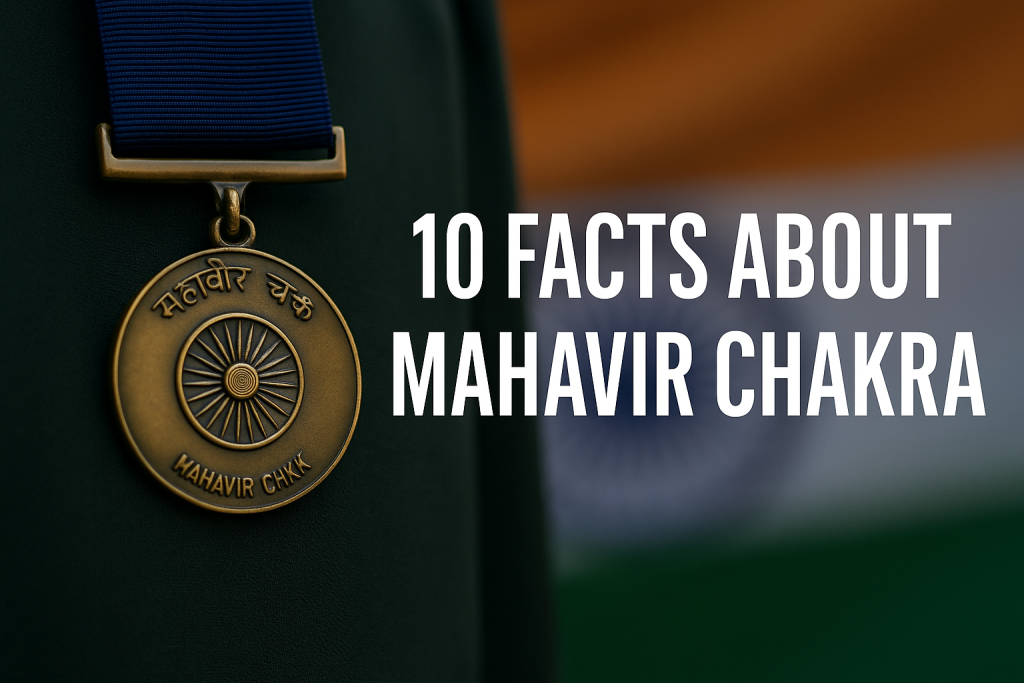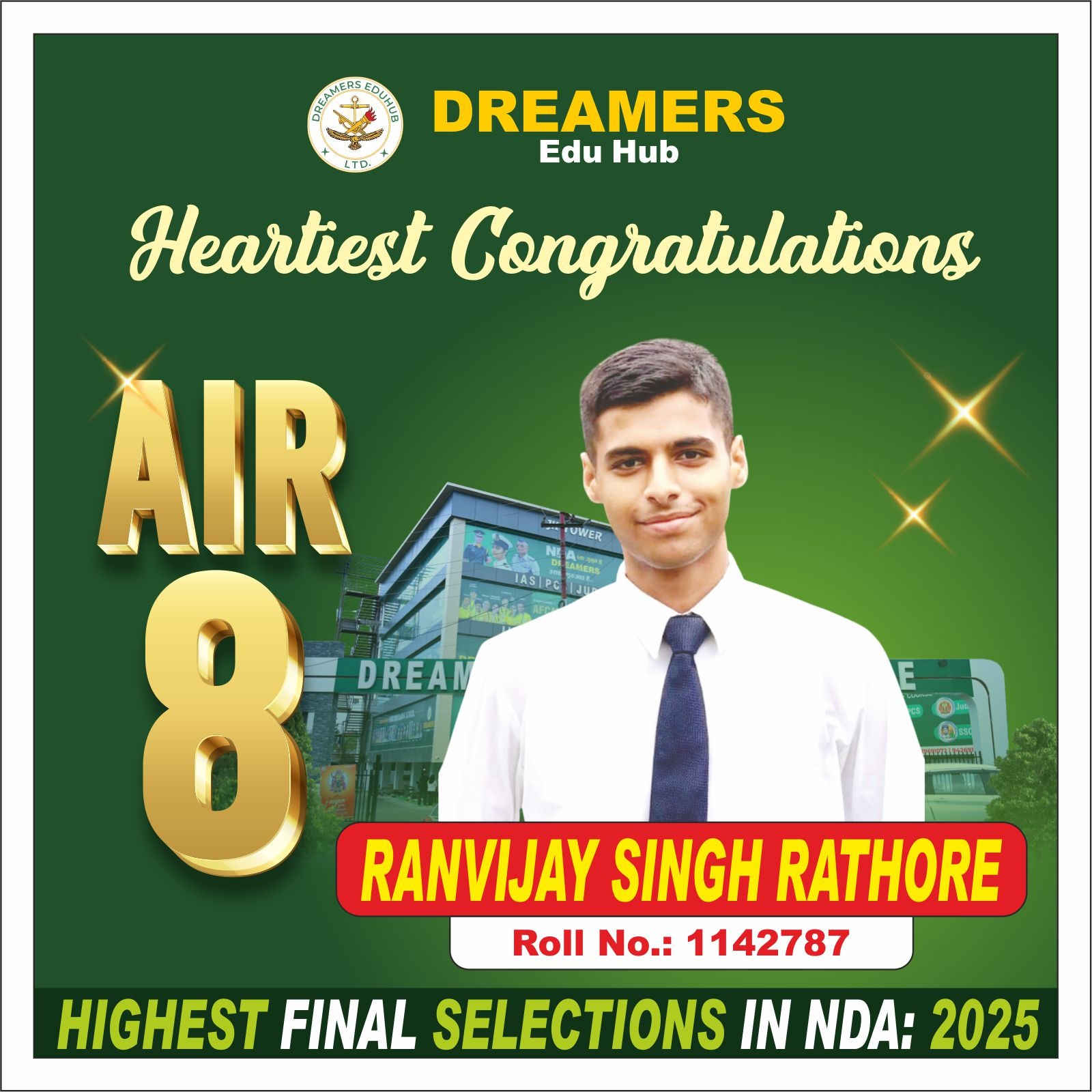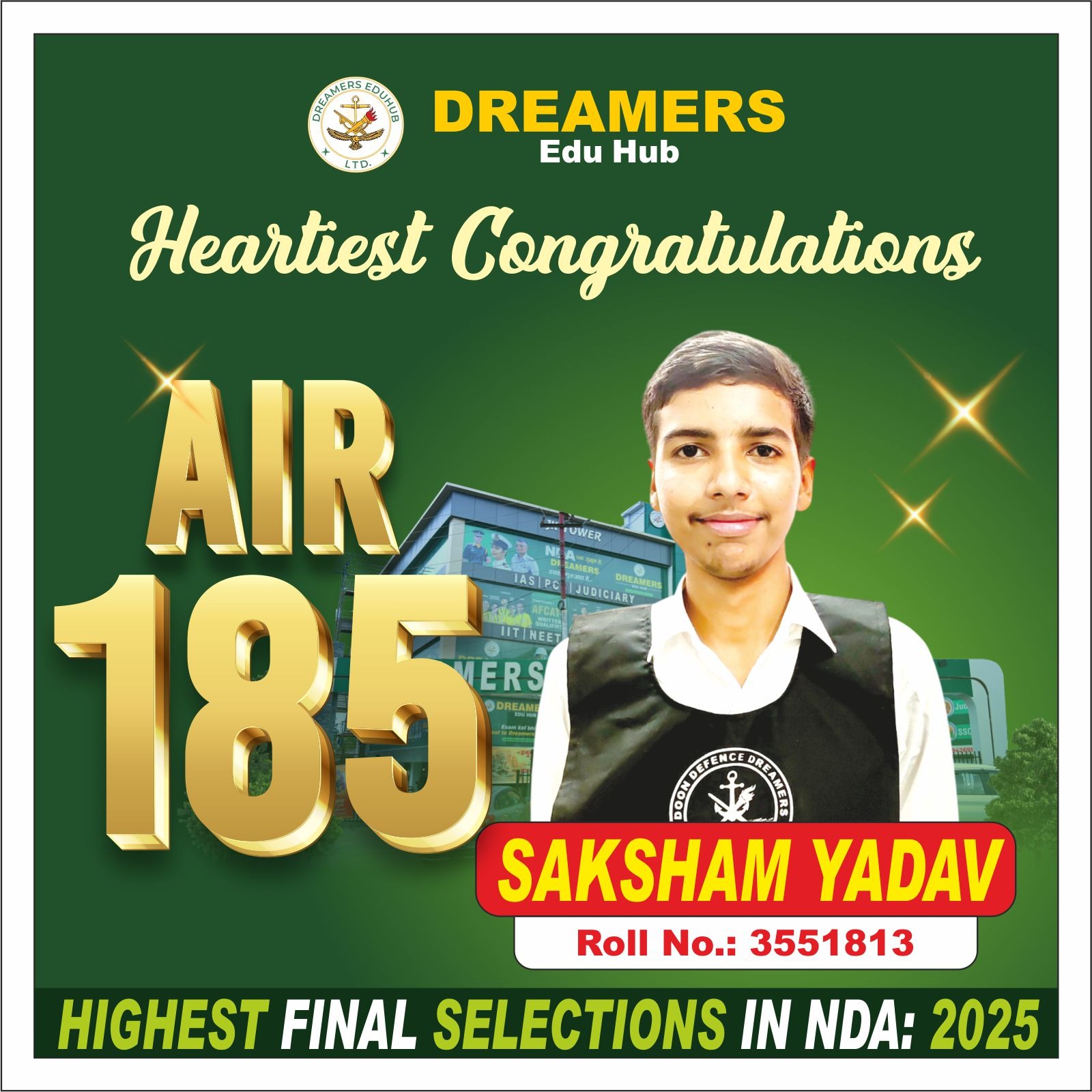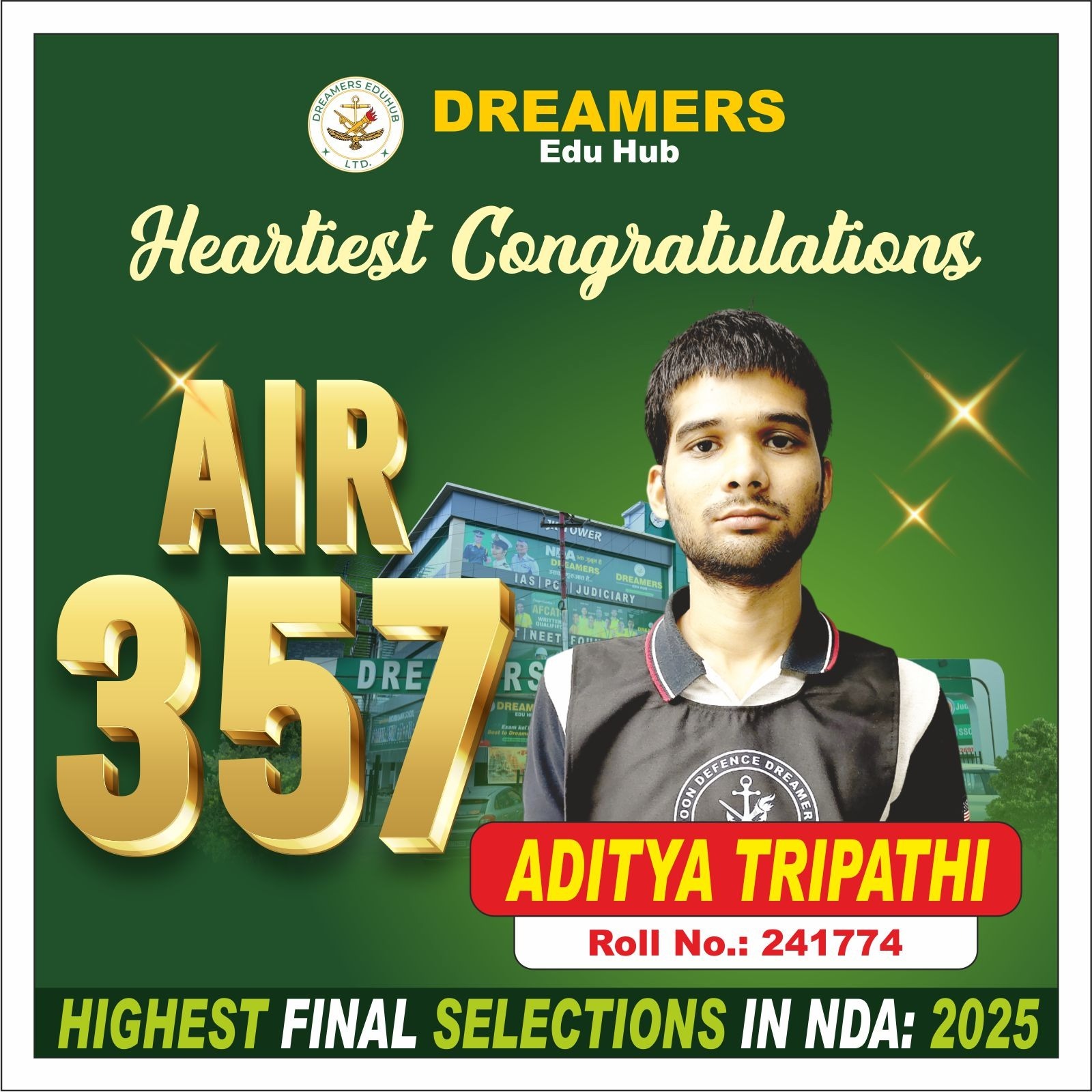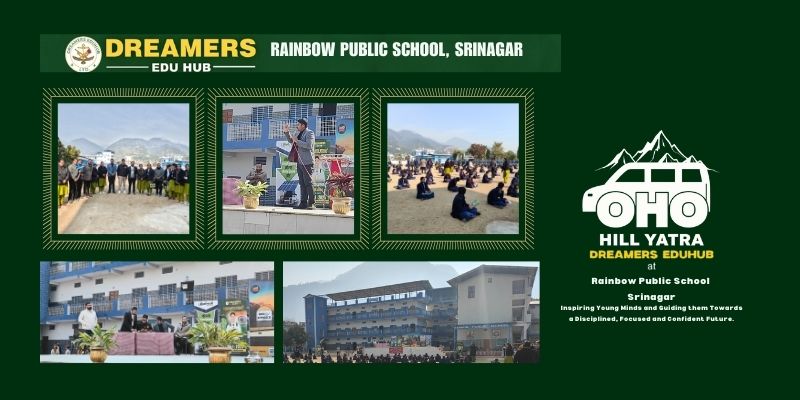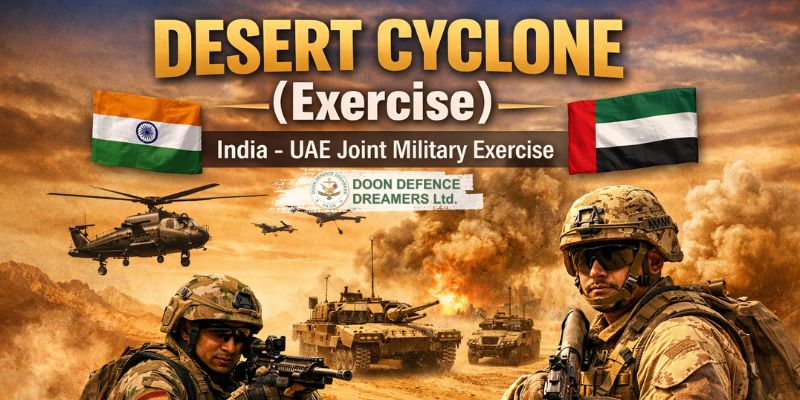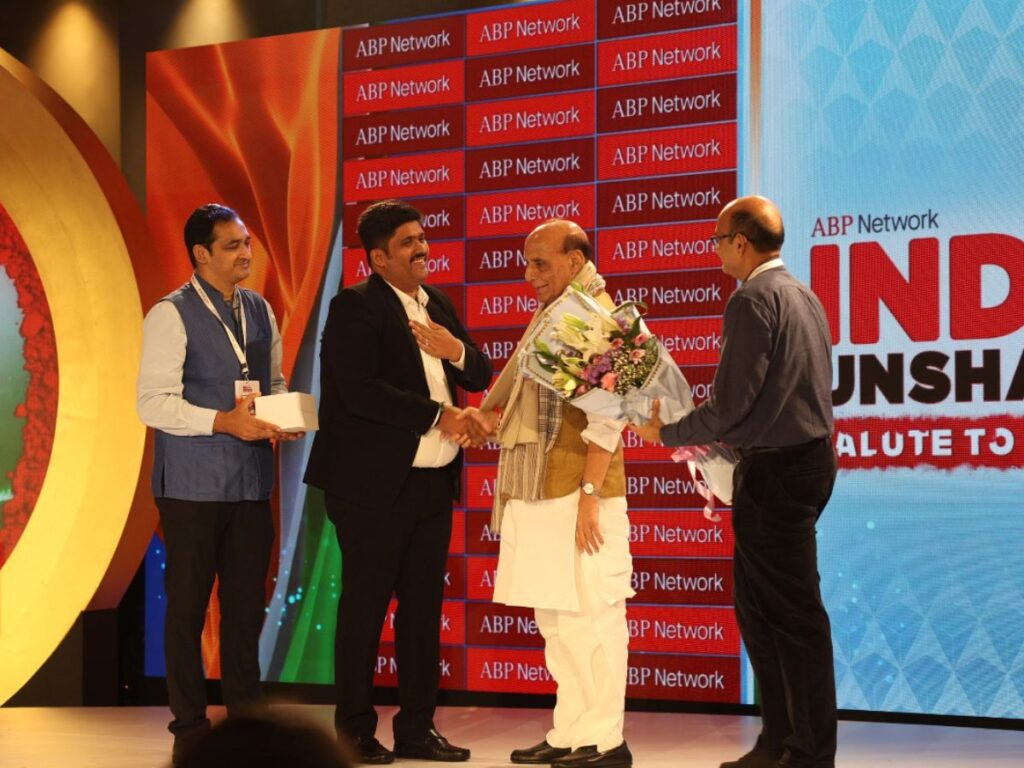Mahavir Chakra: 10 Facts
India’s military history is marked by courage shown on icy heights, desert frontiers, and stormy seas. Among the decorations that recognize such bravery, the Mahavir Chakra (MVC) stands as a luminous honor—awarded to those who display conspicuous gallantry in the face of the enemy. If you’ve ever wondered what makes the MVC so significant, here are ten essential facts that bring its story—and its stature—to life.
India’s second-highest wartime gallantry award
The Mahavir Chakra is the second-highest wartime gallantry award, ranking just below the Param Vir Chakra (PVC) and above the Vir Chakra. Together, these three form the “wartime gallantry trilogy” of India. While the PVC recognizes the most exceptional acts of valor, the MVC honors outstanding bravery in combat—often at decisive moments that change the course of an operation or save many lives.
Many aspirants preparing for defence services dream of wearing such honors someday, which is why our Agniveer Coaching in Dehradun program trains students with discipline and dedication.
Instituted soon after Independence, with retrospective effect
The MVC was instituted on January 26, 1950 (India’s first Republic Day), with retrospective effect from August 15, 1947, the day India gained independence. This backdating allowed the nation to recognize and commemorate heroic actions from the earliest conflicts of independent India, including the 1947–48 operations.
Awarded for conspicuous gallantry in the presence of the enemy
At the heart of the MVC is a clear criterion: conspicuous gallantry. The award recognizes courage displayed in the presence of the enemy, whether on land, at sea, or in the air. The emphasis is on decisive, selfless action under direct threat—moments when a soldier, sailor, or air warrior steps forward despite grave danger to achieve a critical objective, protect comrades, or defend a vital position.
Open to all ranks and all three services
The Mahavir Chakra is tri-service: it can be awarded to any rank in the Indian Army, Indian Navy, or Indian Air Force. That inclusivity reflects a core truth of combat—valor knows no rank. From junior-most personnel to senior commanders, anyone who demonstrates extraordinary bravery against the enemy is eligible for the MVC. Reserve forces attached to the services are also within its ambit.
Bars for repeat awards—and posthumous recognition
Courage is not a one-time act. The MVC can be awarded more than once to the same individual; additional awards are recognized by a bar attached to the ribbon. The MVC is also frequently awarded posthumously, honoring those who made the ultimate sacrifice. This dual feature—repeat recognition and posthumous conferment—captures the spirit of a decoration meant to enshrine both enduring gallantry and supreme selflessness.
A cross-conflict legacy—from 1947–48 to Kargil and beyond
From the earliest operations in Jammu & Kashmir (1947–48) through the 1962 conflict, the Indo-Pak wars of 1965 and 1971, and Kargil (1999), the MVC has been a constant presence in India’s battle honors. Many MVC citations come from intense, close-quarters fights on rugged terrain, daring naval actions in hostile waters, and high-risk air missions where split-second decisions altered outcomes. Historically, the 1971 war saw a particularly notable number of MVCs, reflecting the scale and intensity of operations across both the eastern and western fronts.
Stories that inspire: a few emblematic recipients
The award’s legacy is best understood through its recipients—whose stories are taught in academies and told in mess halls across the services. A few illustrative examples:
Brigadier Mohammad Usman (posthumous), often called the “Lion of Nowshera,” exemplified leadership and fearlessness in the 1947–48 operations.
Captain Mahendra Nath Mulla (posthumous), Indian Navy, displayed extraordinary courage and moral courage during combat in 1971, becoming an enduring symbol of naval valor.
Wing Commander Jag Mohan Nath (Bar to MVC), a legendary reconnaissance pilot, earned the MVC twice for daring missions that provided critical intelligence and shaped operational planning.
Each of these names represents not just individual heroism but also the ethos of their service: hold fast, act decisively, and put mission and comrades first.
The medal’s symbolism and how it’s worn
While the precise artistic details belong to official specifications, the MVC is a distinctive circular medal recognizing battlefield gallantry. Recipients wear the ribbon and medal during ceremonial occasions and may use the post-nominal “MVC” after their names in formal contexts. On uniforms, the ribbon is worn according to the officially prescribed order of precedence, reflecting the MVC’s status just below the Param Vir Chakra in wartime awards.
A rigorous, official process—gazetted by the Government of India
MVC awards follow a formal chain of recommendations, beginning at the unit level, moving through formation and service headquarters, and culminating in the approval by the President of India. Citations are published in the Gazette of India, ensuring transparency and a permanent public record. Investiture ceremonies held at Rashtrapati Bhavan (the Presidential residence) often see families and comrades receiving medals on behalf of fallen heroes, making these events profound moments of national remembrance.
Legacy, remembrance, and living tradition
The Mahavir Chakra is not only an honor—it’s a living tradition that continually inspires those in uniform. Citations are studied at training academies; parades on Republic Day and Armed Forces Flag Day spotlight MVC awardees and their families; and regimental centers preserve their stories. State governments and the Centre may also extend pensions, allowances, and ceremonial privileges in recognition of MVC awardees’ service and sacrifice. Beyond the military, schools and local communities often commemorate MVC heroes, ensuring that each act of gallantry enters India’s shared civic memory.
Why the Mahavir Chakra matters today
In an era of rapidly changing warfare—cyber operations, high-altitude deployments, long-range precision strikes—the human element remains decisive. The MVC reminds us that technology can tip the scales, but it is courage, leadership, and presence of mind under fire that often makes victory possible. This decoration preserves a national promise: that those who risk everything for India, against a determined enemy, will never be forgotten.
Quick recap
What it is: India’s second-highest wartime gallantry award.
Since when: Instituted January 26, 1950, effective from August 15, 1947.
Who gets it: All ranks across Army, Navy, Air Force (including reserves).
For what: Conspicuous gallantry in the presence of the enemy, on land, sea, or in the air.
Notable notes: Bars for repeat awards; posthumous conferment common; rigorous official process and public citations.
Enduring value: A living symbol of courage and sacrifice that continues to inspire the Armed Forces and the nation.

